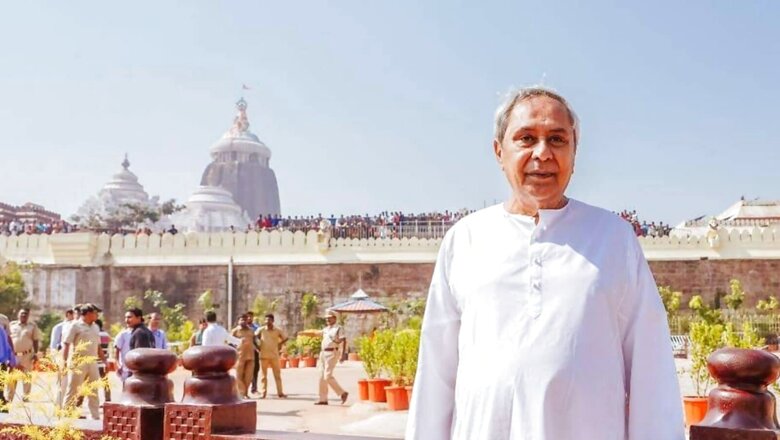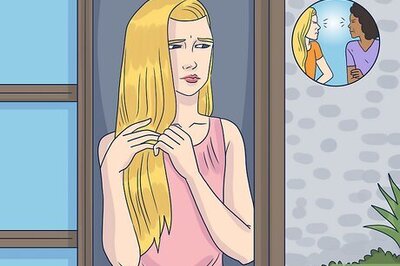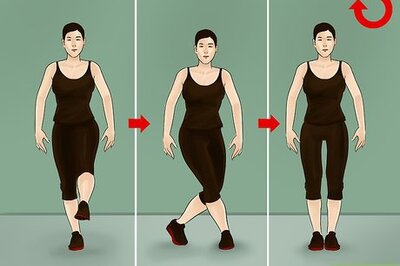
views
Odisha chief minister Naveen Patnaik recently laughed off a buzz about his ill health while paying a visit to the Lingaraj temple in Bhubaneswar. Every time there is an election, he said, rumours start floating about his health condition.
On February 28, Patnaik had the last laugh as his party, the ruling Biju Janata Dal (BJD), swept the Panchayat and Zilla Parishad polls, winning a landslide of over 90 per cent seats. Both the Bharatiya Janata Party and Congress put up a dismal show. The one-sided results have once again dashed the BJP’s hopes in Odisha.
The Narendra Modi wave that had swept the 2014 parliamentary elections was clearly missing in Odisha as the BJD had won 20 out of the state’s 21 Lok Sabha seats. But in the 2017 Zilla Parishad elections, the BJP had put up a spectacular performance by winning over 300 of the 800-plus seats. Though the BJD was still in pole position, it was the saffron party that had made headlines.
Soon, Delhi’s political circles were abuzz about the BJP’s chances in Odisha. The buzz in distant Delhi became even stronger after Bihar chief minister Nitish Kumar broke ties with the Rashtriya Janata Dal and returned to the National Democratic Alliance fold, leading many to believe that the BJP would go for the kill in Odisha. The BJP had a tie-up with the BJD in Odisha until Patnaik ended it abruptly in 2009.
Following the 2017 Panchayat polls, many outside Odisha were convinced that the BJP had a realistic chance to wrest the state from the BJD in the 2019 assembly elections. But that did not happen. Naveen Patnaik, who did not campaign in the 2017 Panchayat polls (he did not campaign this time either), got the message and contested from the Bijepur assembly seat in western Odisha in 2019. Western Odisha is where the BJP had done very well.
The simultaneous elections in 2019 threw up mixed results. While the BJD won 112 out of the 147 assembly seats, it could win only 12 Lok Sabha constituencies. The BJP improved its Lok Sabha tally by winning eight seats, up from just one in 2014, but it could win only 23 assembly seats. Winning eight Lok Sabha seats in 2019 had rekindled the BJP’s hopes. Five of them came from Western Odisha where the party was traditionally stronger.
Next month’s civic poll results are unlikely to be any different. BJP leader and former union minister Pratap Chandra Sarangi said this was not a “janadesh” but “dhanadesh”, which meant the voters were bought over by the ruling BJD.
The truth is nothing seems to bother Patnaik who is by far the most popular politician in Odisha and one of India’s longest-serving chief ministers, on course to break the record of West Bengal’s Jyoti Basu next year. There is still no sign of Odisha voters getting bored with the BJD and there is no anti-incumbency even after 22 years of uninterrupted Patnaik rule. The BJD has a strong cadre that is well entrenched across the state and populist measures that cater to most sections of rural Odisha have been working wonders for Patnaik.
By building infrastructure around temples, standing by the Missionaries of Charity and stressing that the National Register of Citizens (NRC) won’t be implemented in the state, though his party had backed the Citizenship Amendment Act (CAA) in Parliament, Patnaik has reached out to Hindus, Muslims and Christians in equal measure. Also, Odisha sponsoring the Indian hockey teams that won medals and hearts has added to his stature in the perception game. His secular and progressive image has remained intact over the years.
Odisha has a minuscule Muslim population and there is no scope for any polarisation. Also, the state hardly votes on caste lines. In the absence of Mandal and Kamandal, Odisha will be a long and hard battle for the BJP.
Read all the Latest Opinion News and Breaking News here


















Comments
0 comment